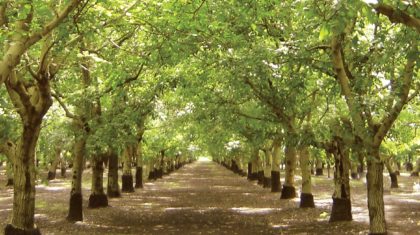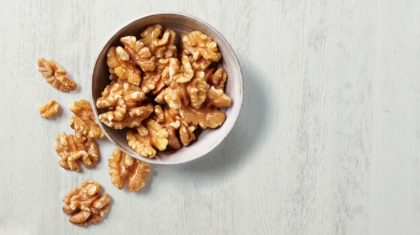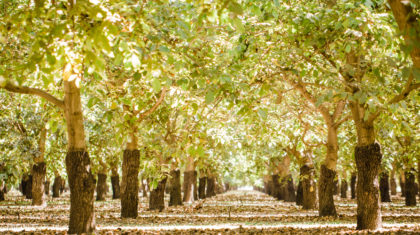110 Woodmere Road, Ste. 250
Folsom, CA 95630
916-932-7070
media@walnuts.org

Each year, a portion of CWB/CWC assessments is budgeted to support production research aimed at addressing industry competitiveness, profitability, and long-term stability. In 2019, $1.63 million was awarded to research projects in walnut breeding and genomics, orchard management, disease, nematode, and insect pest management. These funds are used to devise…

FOLSOM, Calif. (October 16, 2019) – The California Walnut Board announced today the launch of the “Life Isn’t Always Simple” advertising campaign, created to show consumers how walnuts can be an easy way to add nutrition, crunch and variety to any meal and snack. The new campaign, which focuses on…

Fall and Winter Walnut Management Considerations Drew Alonso Wolter, UCCE Junior Specialist Horticulture Intern, UC Davis Graduate Student Katherine Jarvis-Shean, UCCE Orchard Advisor, Sacramento, Solano and Yolo Counties Emily J. Symmes, UCCE Area IPM Advisor, Sacramento Valley Walnut harvest season is in full swing. Here are a few things…

Retail Promotions California Walnuts continues to face tough competition due to retaliatory tariffs. To maintain shelf space and drive consumers to purchase California walnuts, the CWC has conducted in-store, online and retail display campaigns where California walnuts are sold. Tie-In Promotions and Tastings at Almaya Stores in UAE In January,…

Earlier this year, the industry adopted a new strategic plan following a nearly yearlong effort to plan for future production and the needs to support it. A strategic planning committee of industry members convened to develop a road map, assessing where we are, where we want to be, and how…
